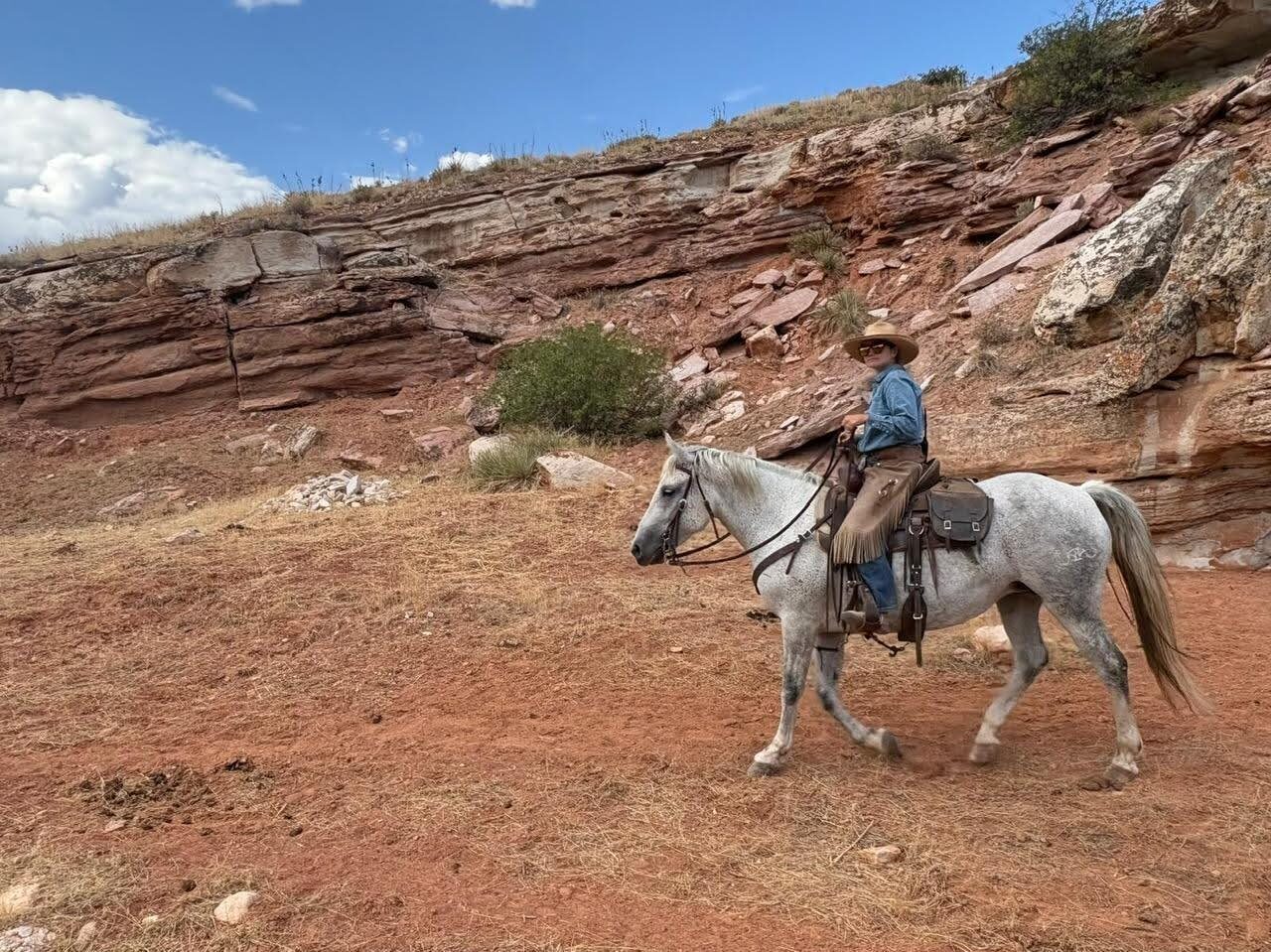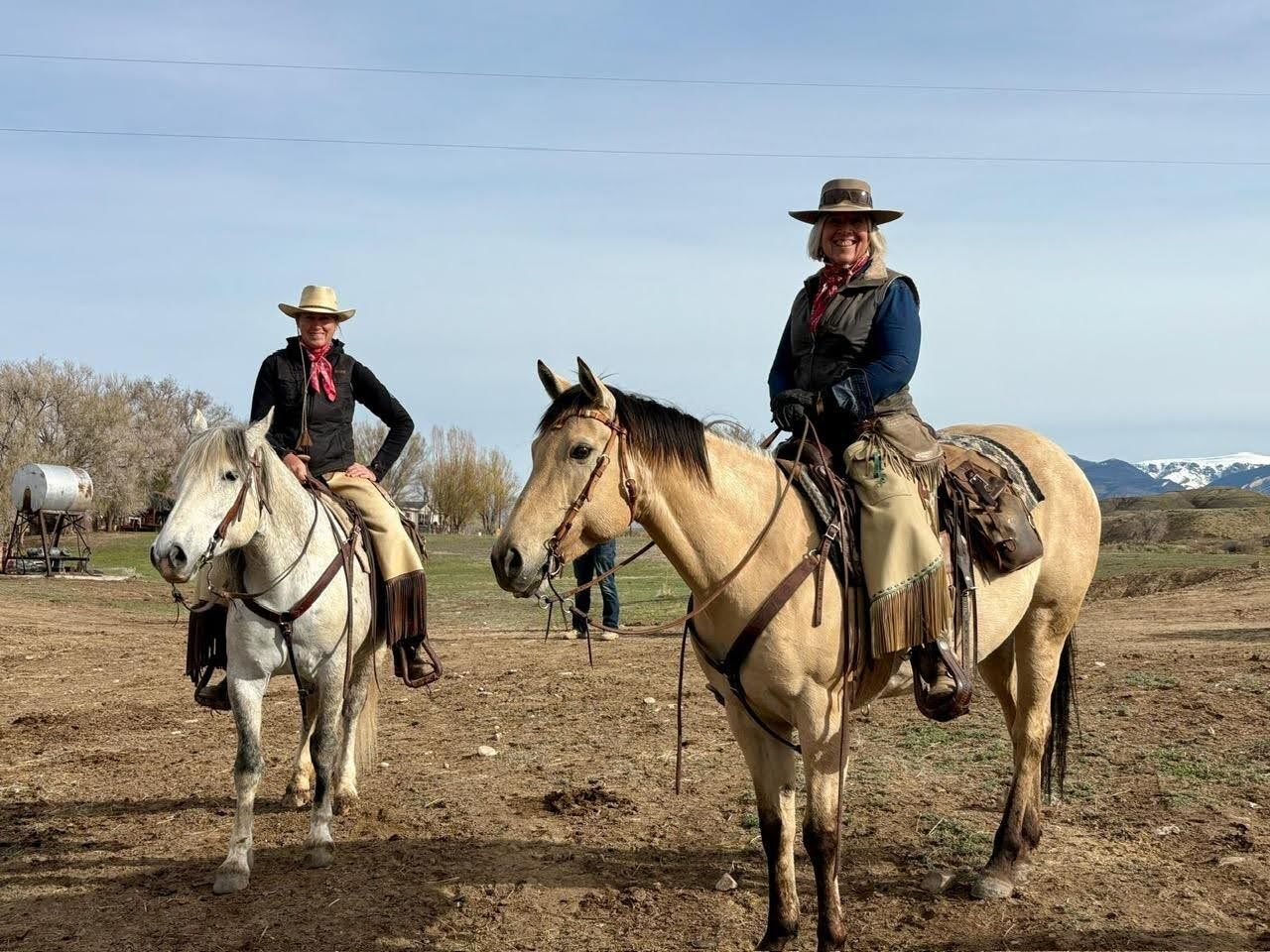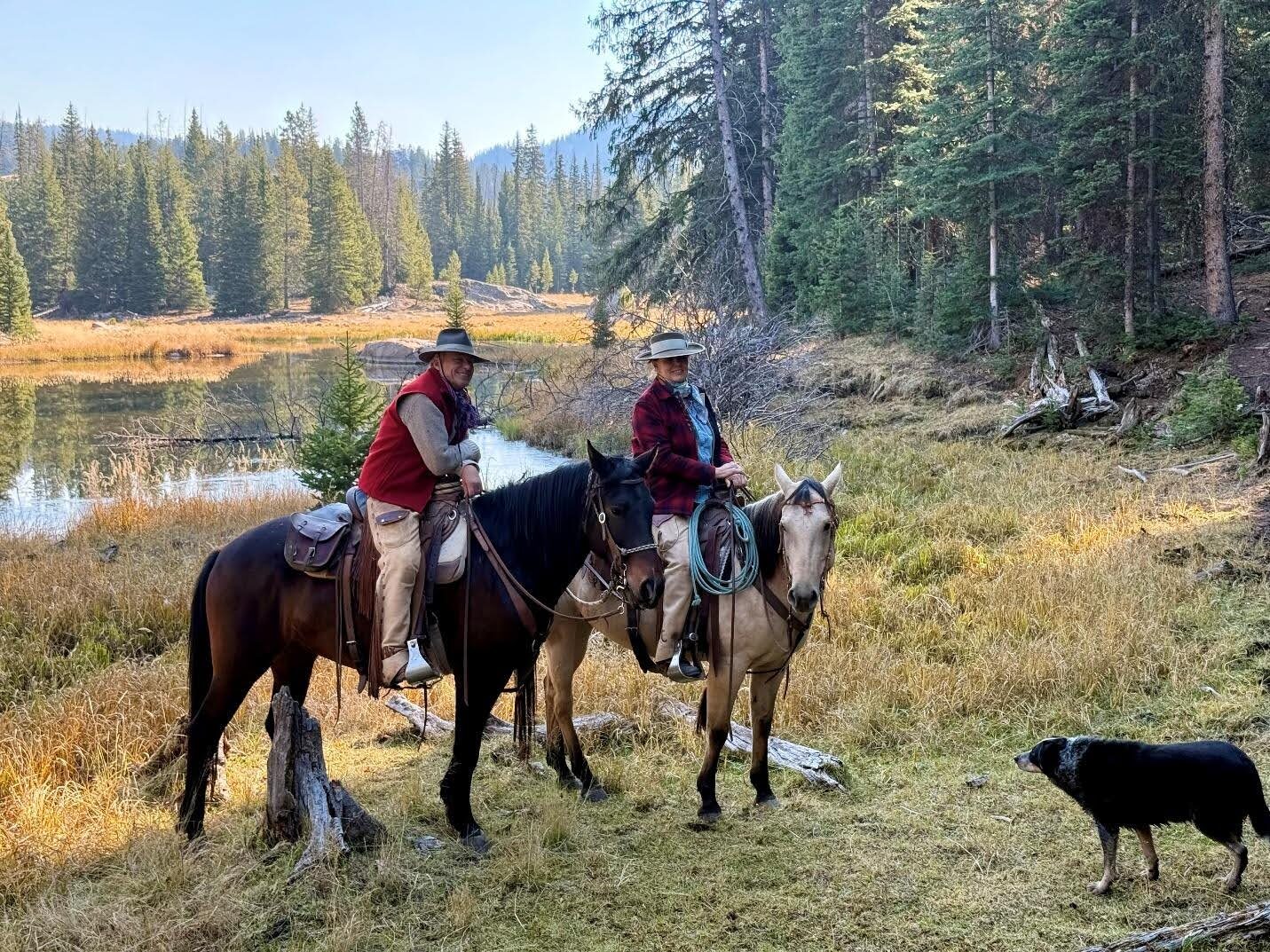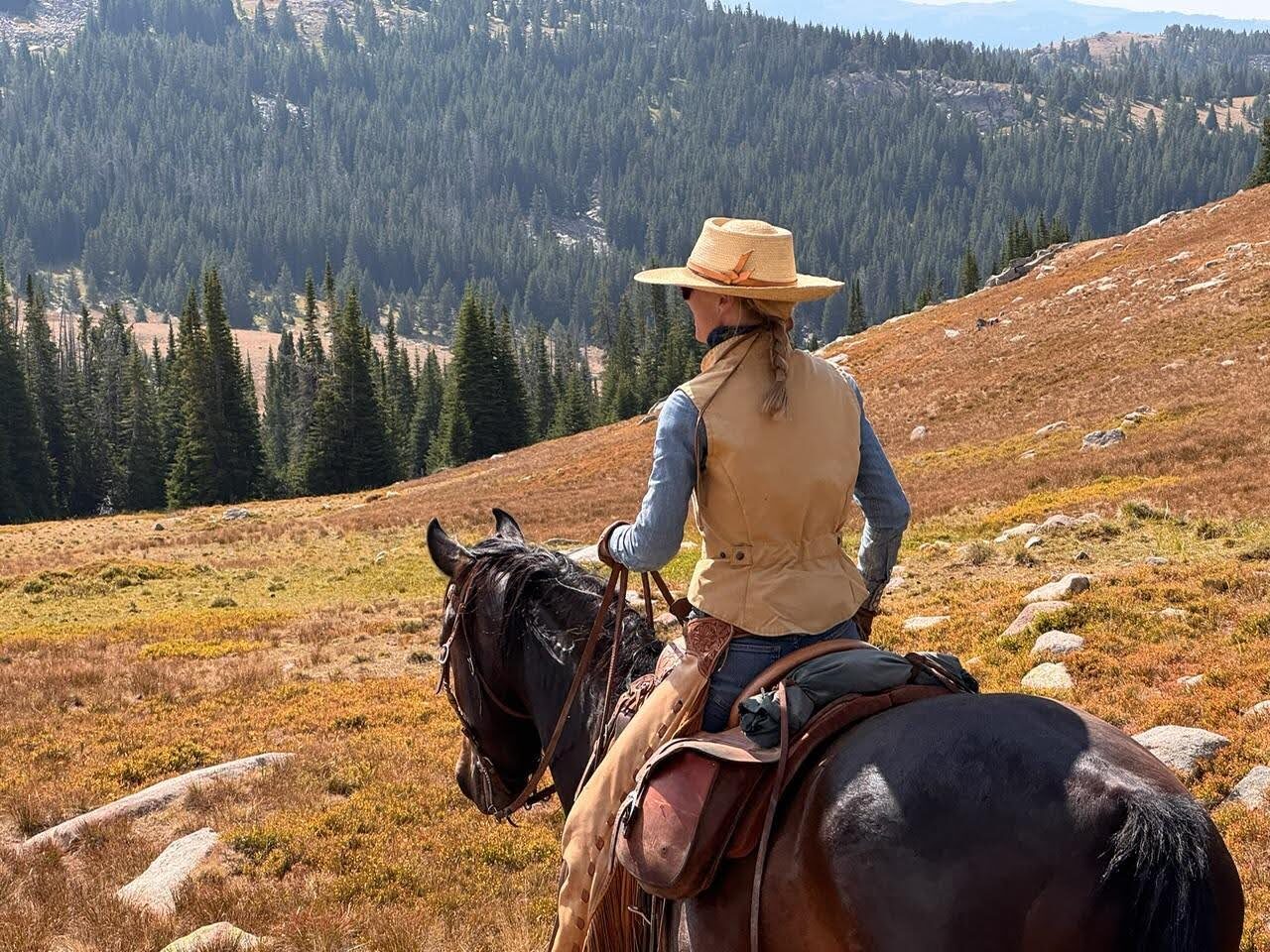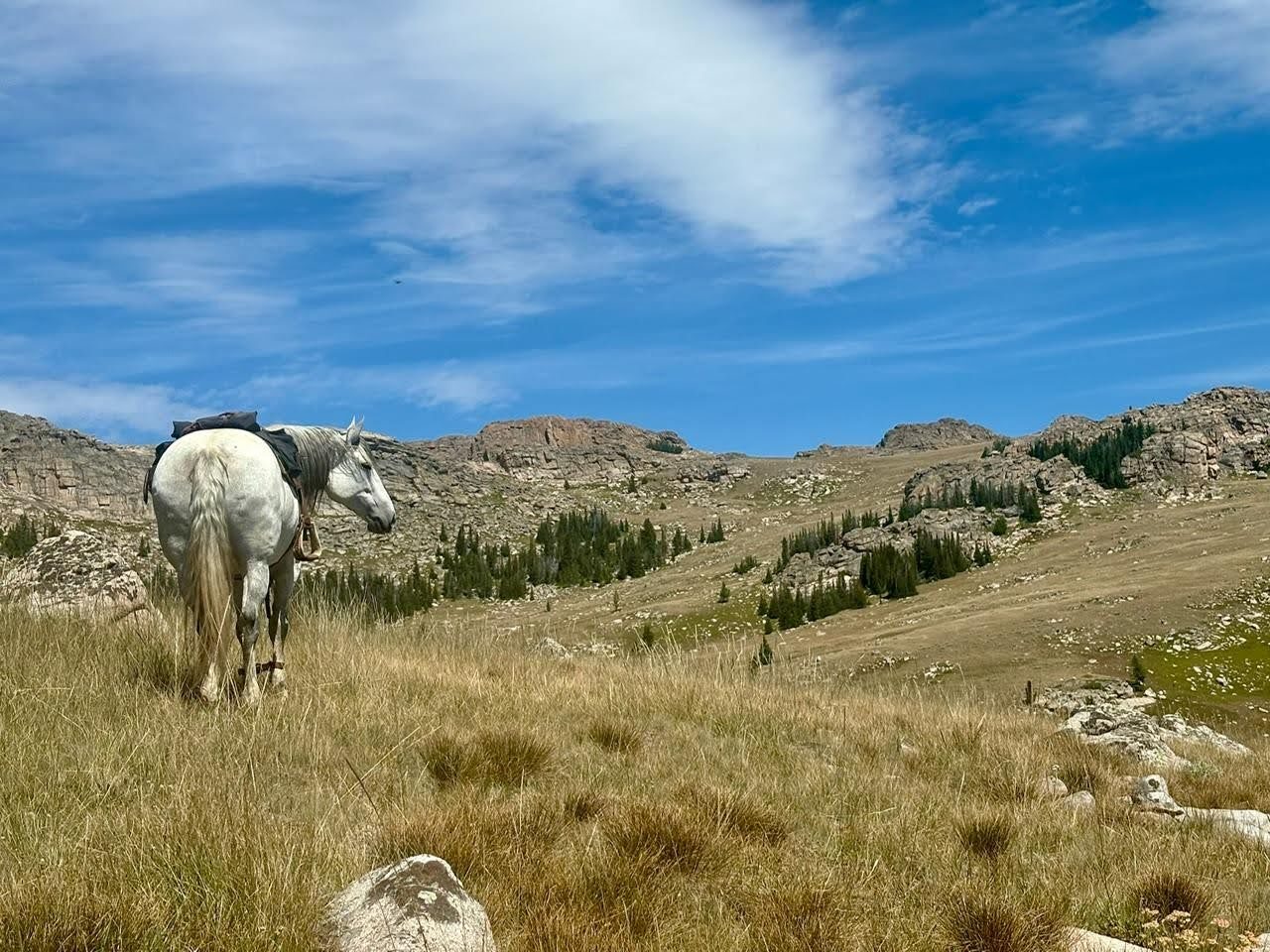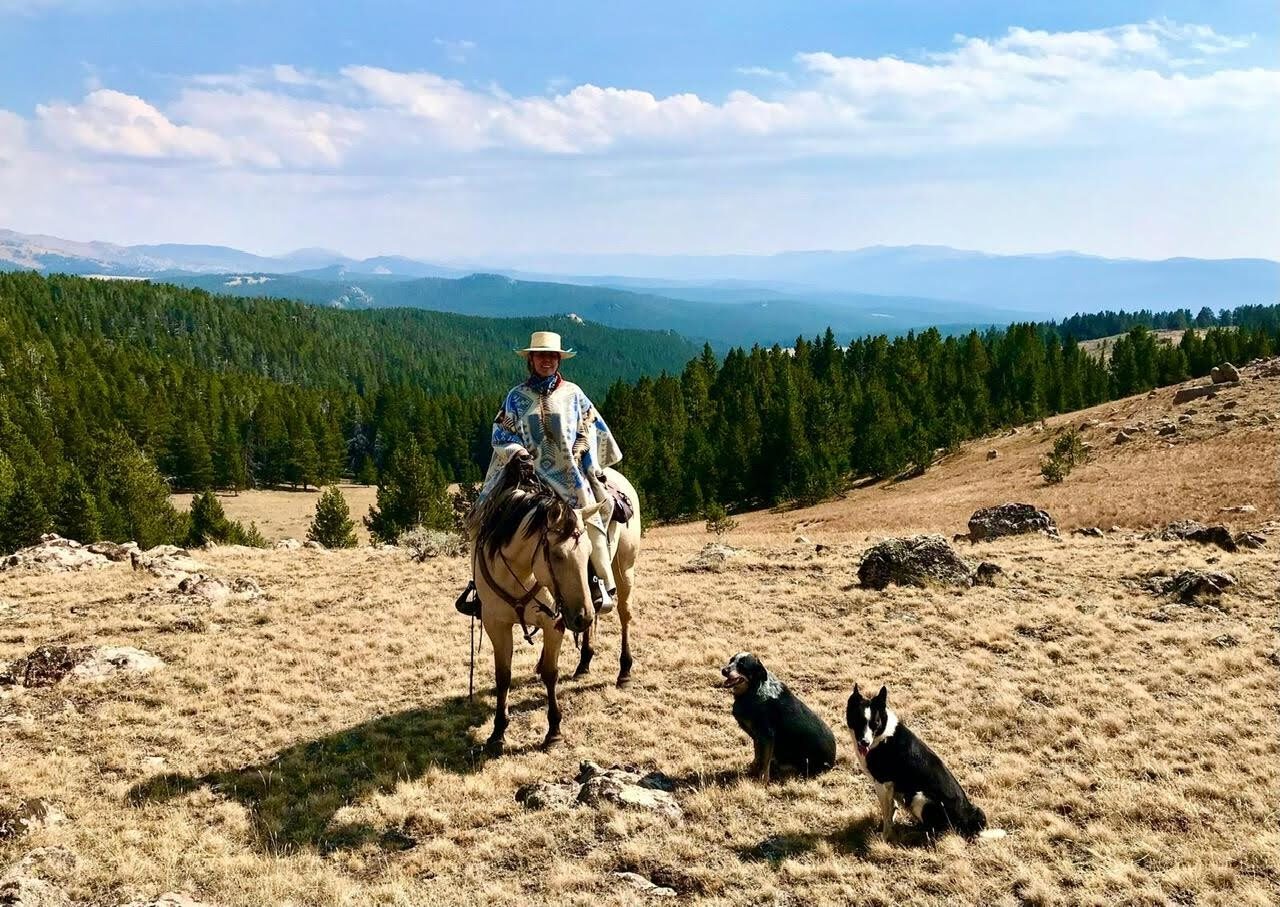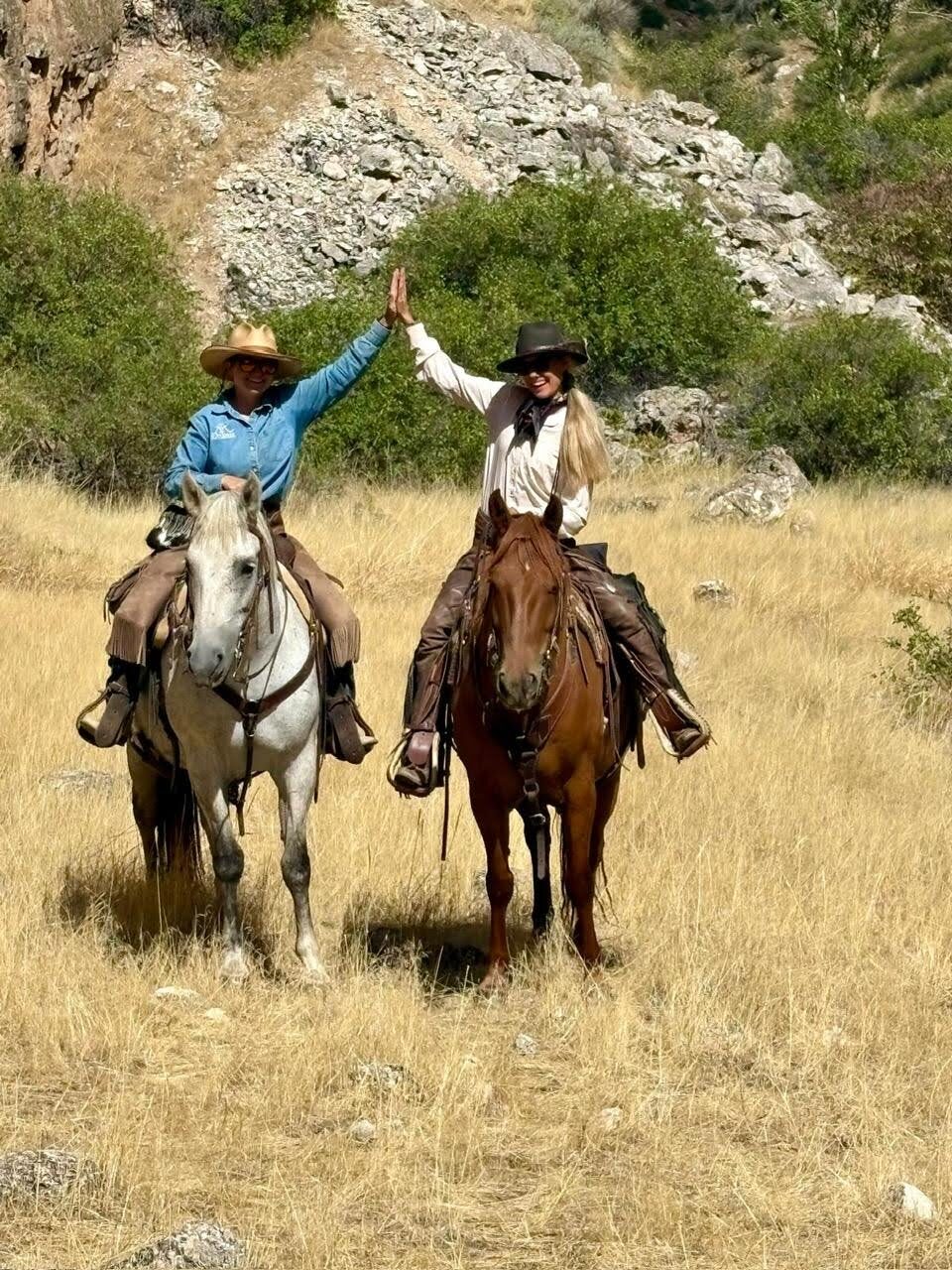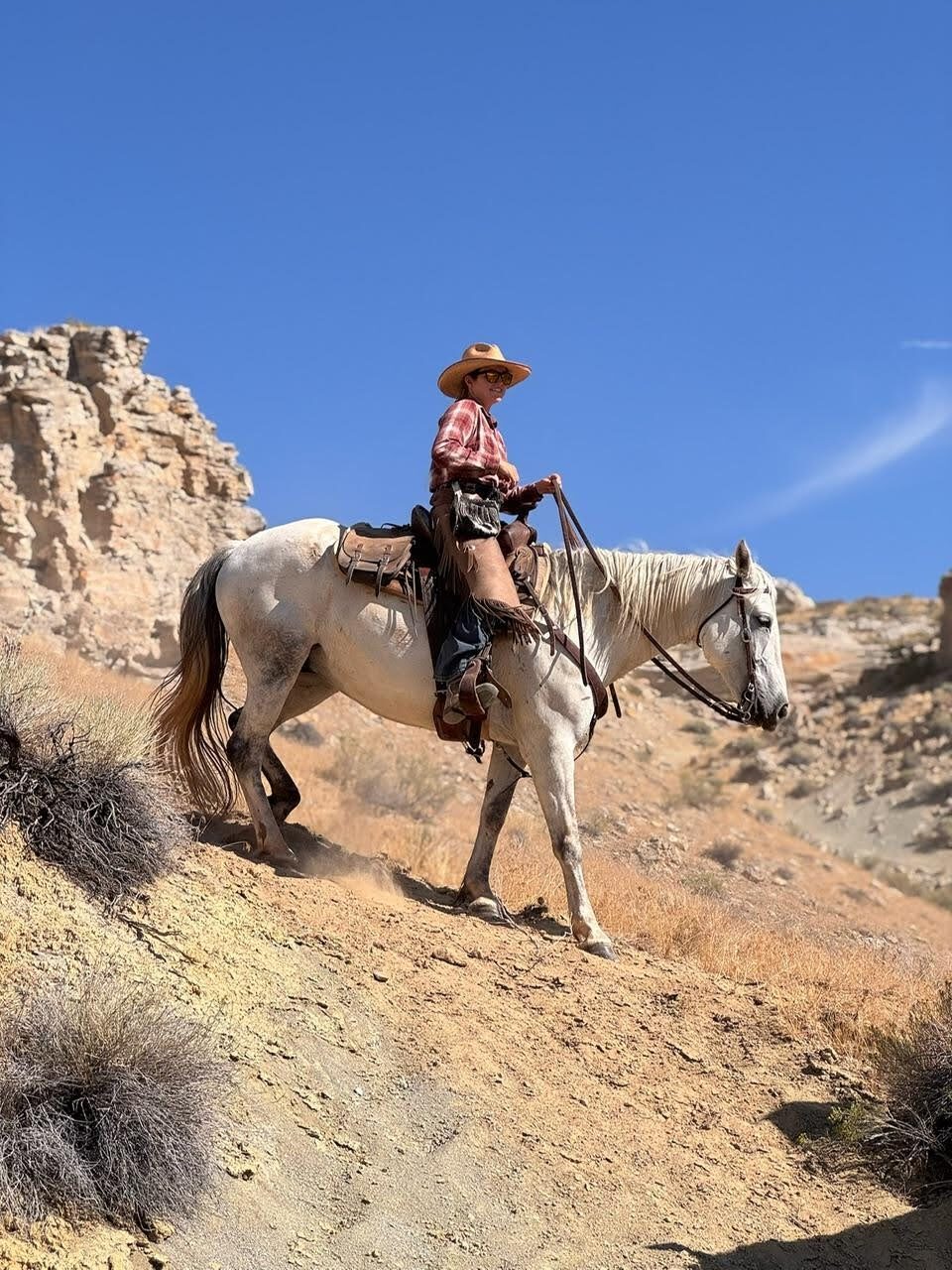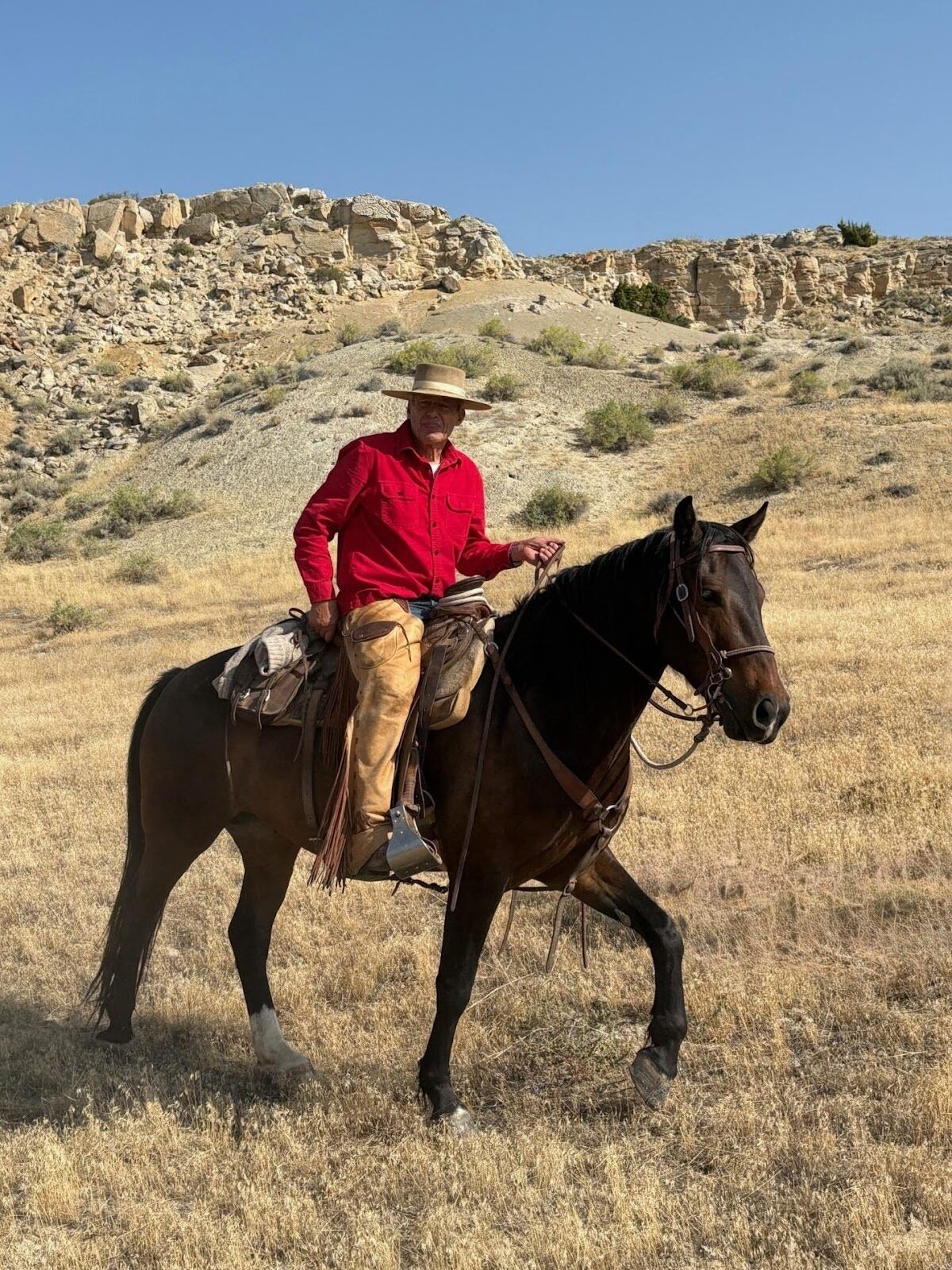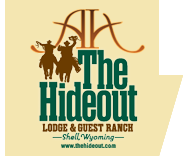As most of you know, growing number of our herd horses are Mustangs or Ferral Horses, aside Quarter Horses. And we are passionate about our Mustangs and horses. The Hideout is after all a riding and horsemanship focused destination. But what are the origins of these horses hailing from public land managed by The Bureau of Land Management (BLM)?

Did you ever check your Ancestry?
One of the interesting things for Europeans visiting with Americans is that Americans enthusiastically explain which countries their ancestors on one side of the family came from, and where the other families’ or relatives’ ancestors came from. Often summarizing that from their mom’s side they are a certain percentage Polish, Italian, German and Irish, and from their dad’s side they are part English, Dutch and Swedish.
And yes, we also had our DNA analyzed.
Have you ever wondered where do the mustangs in the Hideout herd come from?
We name our brand Authentic Horsemanship after our Mustangs, because although they are considered equine mutts or feral horses, they are truly the ultimate American Horse, representing the idea of the melting pot. Much like the US welcomed people from all over the world, the Mustangs represent a collection of different horse blood lines and origins. So, wouldn’t it be interesting to know their background?
With a little help from a long-time friend of The Hideout
To learn more about this subject we called on the help of our long-time repeat guest Radu Totir, who together with his wife Claudia have been regular visitors at The Hideout for many years. Radu is a PhD and lives in Iowa. And his wife and himself are also immigrants. Read more about Radu in this blog.

It all starts with Hideout Mustangs
One way to answer this question is that we first purchase Mustangs from the Bureau of Land Management Wild Horse and Burro program (https://www.blm.gov/whb) around the age of 2; second we gentle, start and train them for 4-5 years before using them as guest horses. If you ride one of them, you will likely notice a freeze-brand code on the left side of his or her neck. The code, unique to each mustang, is based on the International Alpha Angle System and was developed and patented in the 60’s by Dr. Keith Farrell of Washington State University.

While the above content seems to answer the question that forms the premise of this blog posting, we wanted to know more about what makes the Hideout mustangs such good guest horses. To do so we partnered with Radu Totir, one of our repeat guests, who happens to have a PhD in Animal Breeding and Genetics from Iowa State University. Based on his recommendation we decided to perform genomic testing on four of our mustangs: Aisha, Asher, Django and Shady. The Etalon Diagnostics (https://etalondx.com/) Pro Package and Ancestry Bundle was the genetic test kit chosen. Next, we had a bit of fun seeing Radu pull (very carefully) hair from the tail of the chosen mustangs during one of our very busy mornings at the barn. It was especially fun to see him pull hair from Django’s tail, but all is well when it ends well. The hair samples were then sent by mail to the Etalon California based diagnostic lab, and we soon received DNA based insights related to ancestry, color, performance and health risk.
Here are some of the fun things we learned about the ancestry of our mustangs. Aisha, Asher and Shady have more than 35% of their DNA tracing back to the European Heavy Horse reference population. Django only 28%. Aisha, Asher and Django have more than 17% tracing to Iberian while Shady only 10%. Aisha and Shady have 15% tracing to Thoroughbred while Django and Asher 8% and respectively 6%. Aisha and Asher have 14% tracing to Carriage Horse while Django and Shady have 20%. All four of them have around 10% tracing to the Near East reference population.

Fascinating to see that our four mustangs have similar yet distinct ancestral origins which explain differences in temperament and performance as experienced by our wranglers and guests. As a fun fact, based on their genomic profile, Aisha and Shady are most similar to Hwin the Elisa Wallace owned 2015 Mustang Magic celebrity mare that went on to become an Breyer horse (https://www.breyerhorses.com/blogs/famous-horses/hwin).

Besides ancestry, we had fun looking at the results of the color DNA test panel. Aisha, Shady and Django have the same configuration at the “Extension” Black/Red Factor resulting in a black base color coupled with one dominant Agouti variant that restricts the spread of the black pigment. However, Aisha and Shady also have the gray modifier which determines their overall gray color. Asher on the other hand has a red base configuration at the “Extension” Black/Red Factor with no dominant Agouti variant restricting the spread of red pigment. However, he also has a gray modifier. Thus, while also gray overall, Asher has a different base from Aisha and Shady, so look if you see differences in the overall gray nuances between the three of them. The Etalon color DNA test comprises more than 60 color and pattern base, modifiers, dilutes, whites and coat type variants it was fun to see additional differences and similarities between the four mustangs as related to dilutes and white genetic variants.

Besides ancestry and color, Etalon DNA tests allowed us to compare the four mustangs in terms of performance attributes. Based on known DNA variants associated with performance attributes, the Etalon diagnostic classified all four mustangs in the “Endurance” type. Guests often comment on how steady and tireless the Hideout mustangs are in the challenging terrain encountered during the long full day rides they are on. We can now confirm that it is in their DNA: https://etalondx.com/horse-genetics/equine-performance/myostatin-insertion-the-speed-gene. While all four mustangs are classified as endurance horses, Shady stands out in the fact that she is a “gaited” variant carrier. Watch for increased variation on locomotion and gait transitions: https://etalondx.com/horse-genetics/equine-performance/dmrt3-gait/.
Finally, the health variant panel of the Etalon genetic tests give us a very useful tool to make sure that our mustangs receive the best veterinary care possible. We are happy to report that none of the four mustangs was identified as having major health concerns through this test. However, one interesting outcome of the health variant screen was for us to learn that both Django and Aisha have a height variant present which makes them more likely to have increased size over other mustangs. You can learn more about the height variant found present at: https://etalondx.com/horse-genetics/equine-performance/horse-height-lcorl-h1/ The 37 Mustangs in the Hideout herd have helped create memories and enjoyment for hundreds of guests coming from all over the world. We hope that this short blog post gives you the reader an insight into what makes these wonderful animals so good at what they do. While we remain committed to promoting and advocating the value of these unique and remarkable horses, we hope that you will also help us spread their stories and secure their future as a true symbol of the American West.

On behalf of our entire team at The Hideout Lodge & Guest Ranch, we would like to thank our friend Radu for his research, our riders in the picture Nina, Amanda, Sarah, Caroline, Allie, Marijn and Peter
Peter and Radu
Please find some pictures of the Mustangs in question. We included one of Marijn’s Quarter Horses, Miss Buttercup (Buckskin), who was included in the test and turned out to have the most thoroughbred DNA of them all.
